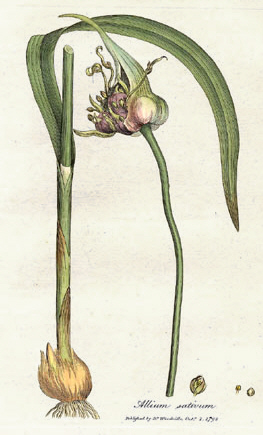Garlic
Introduction
Garlic is a common ingredient in many cuisines around the world, known for its pungent aroma and distinctive flavor. It is also known for its various health benefits, which have been recognized for centuries. In this article, we will discuss the history, uses, and health benefits of garlic.
History of Garlic
Garlic has been used for thousands of years for both culinary and medicinal purposes. It is believed to have originated in Central Asia and has been cultivated in various parts of the world, including China, Egypt, and Greece. In ancient times, garlic was used to treat a variety of ailments, including infections, digestive problems, and respiratory issues. It was also used as a natural antibiotic during World War I and II.
Uses of Garlic
Garlic is a versatile ingredient that can be used in a variety of dishes. It is commonly used in Mediterranean, Middle Eastern, and Asian cuisines, adding flavor to dishes such as soups, stews, and sauces. It can be consumed raw or cooked, and is often roasted or sautéed to enhance its flavor. Garlic can also be used as a natural preservative, preventing the growth of bacteria in food.
Health Benefits of Garlic
- Garlic has several health benefits, which have been backed by scientific research. These include:
- Lowering cholesterol levels: Garlic has been shown to reduce LDL cholesterol levels, which can help reduce the risk of heart disease.
- Lowering blood pressure: Garlic can help lower blood pressure, which is a risk factor for heart disease and stroke.
- Boosting immune function: Garlic has antibacterial and antiviral properties, which can help boost the immune system and prevent infections.
- Improving bone health: Garlic contains high levels of sulfur, which is important for maintaining healthy bones.
- Anti-inflammatory properties: Garlic has anti-inflammatory properties, which can help reduce inflammation in the body and lower the risk of chronic diseases such as arthritis.
How to Incorporate Garlic into Your Diet
Garlic is a versatile ingredient that can be easily incorporated into your diet. It can be added to soups, stews, and sauces, or used to flavor roasted vegetables and meat dishes. Garlic can also be consumed raw, either in salads or as a spread on bread. Garlic supplements are also available, although it is recommended to consume garlic in its natural form to obtain maximum health benefits.
Also see
This is a short summary article. For quality control, we do not encourage or allow strangers to edit the content.


